- $USD
- SALES TEL: +44 (0)1709 789 933
- Contact us
- Services
- Log in
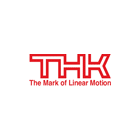
THK Linear was the original pioneer of the linear motion guide, THK has long been a leader in the worldwide innovation of linear motion technology. Today, THK's linear motion products can be found in a wide variety of applications in every industry across the globe.
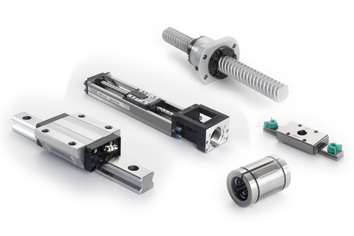

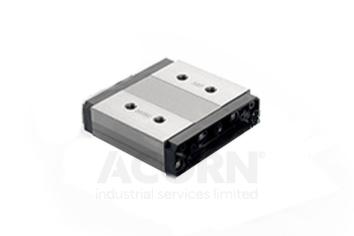
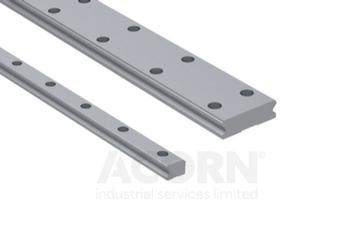
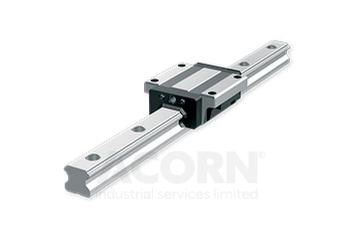
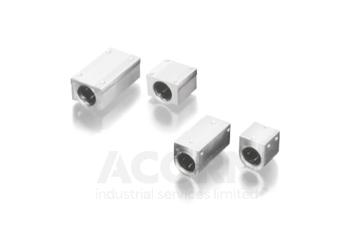
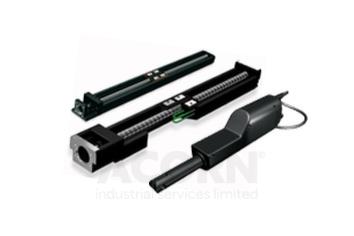
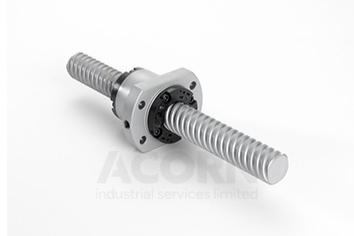
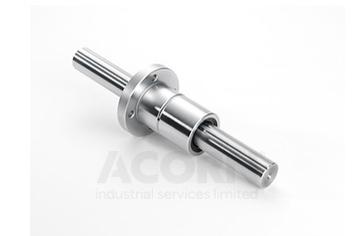
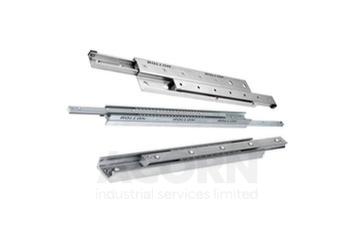
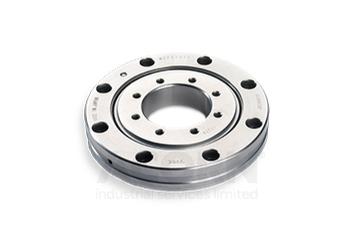
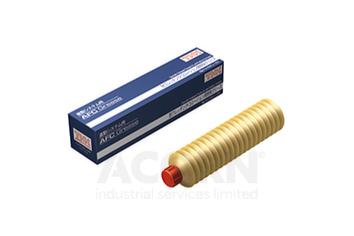
Linear Guides: Provide smooth and precise linear motion with high load capacity and rigidity. Available in various configurations, including ball-type and roller-type guides.
Ball Screws: Convert rotational motion into linear motion with high efficiency and accuracy. Designed for high precision, durability, and low friction.
Actuators: Combine linear guides and ball screws into a single unit, offering compact and efficient linear motion solutions. Types include electric actuators, linear motor actuators, and pneumatic actuators.
Cross Roller Rings: Provide smooth rotational motion with high rigidity and load capacity. Used in applications requiring precise rotation, such as robotics and medical equipment.
Linear Bearings: Offer low-friction linear motion with high precision and durability. Types include ball bushings and roller bearings.
LM Guides: Linear motion guides that provide high precision and smooth movement. Ideal for applications requiring accurate positioning and reliable performance.
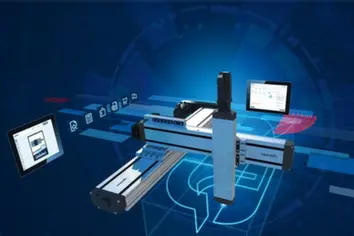
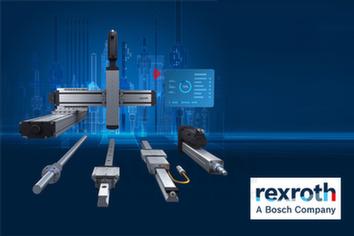

THK linear guides provide smooth and precise linear motion with high load capacity and rigidity. They are available in various configurations, including ball-type and roller-type guides, and are used in applications requiring accurate positioning and reliable performance.
To choose the right THK linear motion product, consider the following factors: